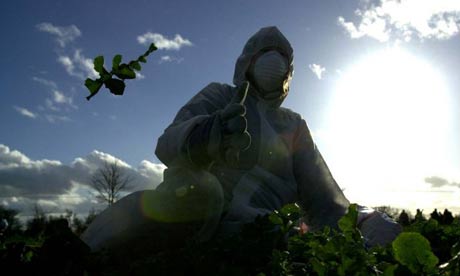 Teenagers are spending more than eight hours a week browsing the internet for soft porn, plastic surgery and family planning websites
Teenagers are spending more than eight hours a week browsing the internet for soft porn, plastic surgery and family planning websitesFrom The Daily Mail:
The average teenager spends one hour and 40 minutes a week browsing sites for pornography, according to new research.
That equates to 87 hours a year spent surfing for porn. A further hour and 35 minutes is spent looking at dieting and weight loss websites.
The study of 1,000 youngsters found the average teenager was online 31 hours each week looking at soft pornography, plastic surgery, dieting, family planning and emotional support.
Another hour and eight minutes is dedicated to exploring cosmetic surgery websites, to learn about breast surgery, bum lifts and collagen implants.
The research was conducted by CyberSentinel.co.uk, a computer software that enables parents to block websites and monitor use of the internet.
Read more ....















































